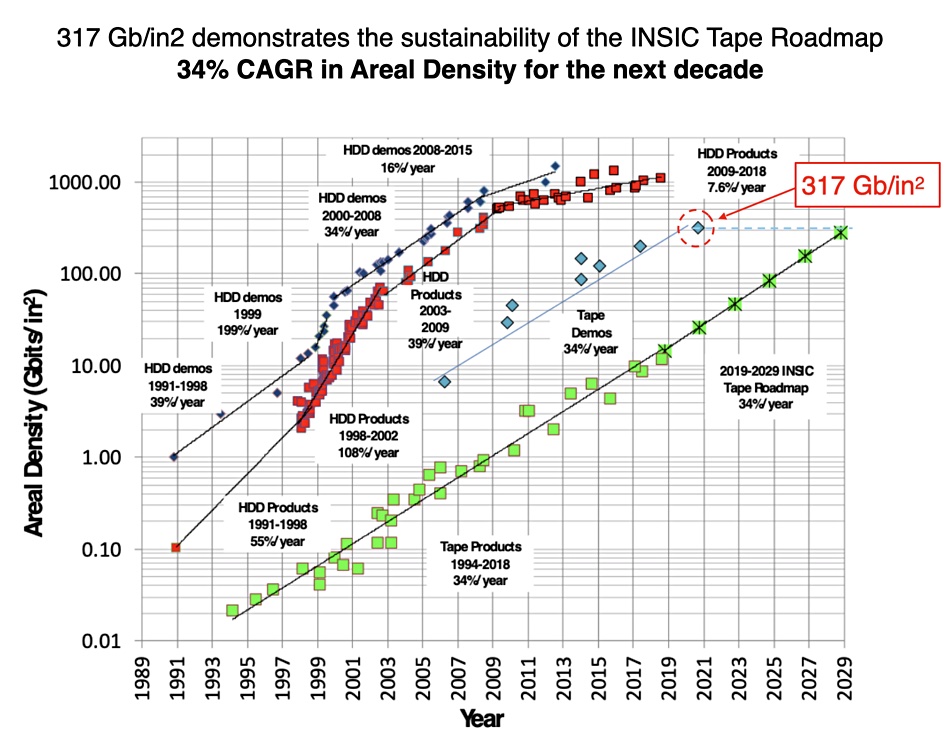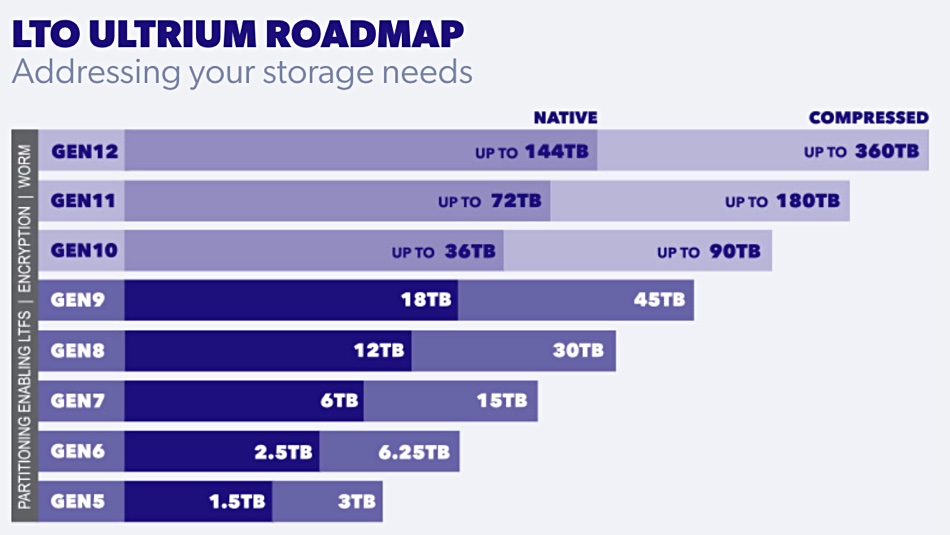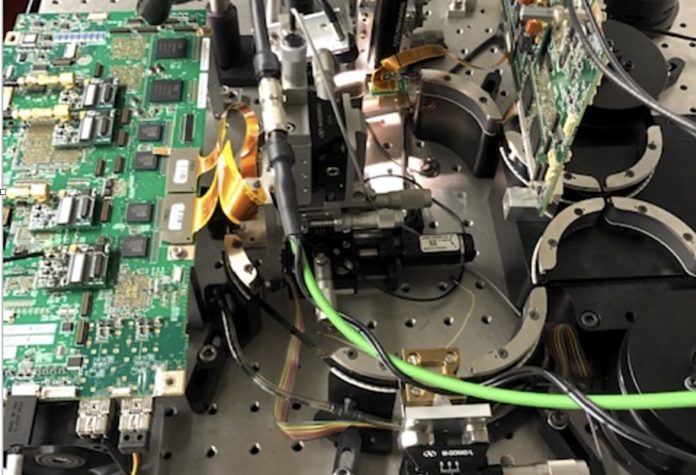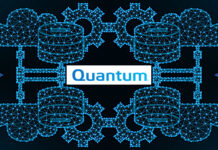IBM and Fujifilm have demonstrated a 580TB capacity tape – 32 times greater than current LTO-9 technology.
IBM and Fujifilm demonstrated a 220TB (raw) tape with 123 Gbits/sq in areal density in April 2015, using barium ferrite (BaFe) technology. In December 2017, IBM and Sony achieved a 330TB tape, using sputtered media with an areal density of 201Gbit/sq in.
Now IBM has gone further, resuming a partnership with Fujifilm, and stretching the state of the tape art out to 317Gbit/sq in and 580TB capacity.

“Hybrid clouds will rely on magnetic tape for decades to come,” Dr. Mark Lantz, IBM research manager for cloud FPGA and tape technologies, said in a press briefing. Disk drive capacity growth has stagnated and so only tape can keep up with the rise in unstructured data archival needs, he said.
IBM and Fujifilm’s achievement is close to the Information Storage Industry Consortium (INSIC) trendline for tape areal density growth. Tape has a steeper line, at 34 per cent a year, than disk drive, which has a forecast areal density growth of 7.6 per cent a year.

The new areal density level was achieved with strontium ferrite media and narrower tracks: 56.2nm wide compared to 103nm wide tracks in the 201Gbit/sq in demo. This required new servo technology to enable the read-write heads to locate and follow the narrower tracks as the tape moved across the heads.
The 580TB capacity also required a 1,255m-long tape – the tape length for 330TB demo was 1,098m.
For comparison, an LTO-9 tape stores 24TB of raw data. The LTO roadmap extends out to LTO-12 and 144TB of capacity. Capacities double as LTO-9 moves to the LTO-10 generation (36TB) and then to LTO-11 (72TB).

On that basis, a possible LTO-13 generation would be a 288TB tape, well within the possibilities of the 580TB tape demo. LTO-14, with a posited 576TB capacity,is just inside the new limit set by IBM and Fujifilm.
This will make tape-drive, library, and archival software vendors happy.








